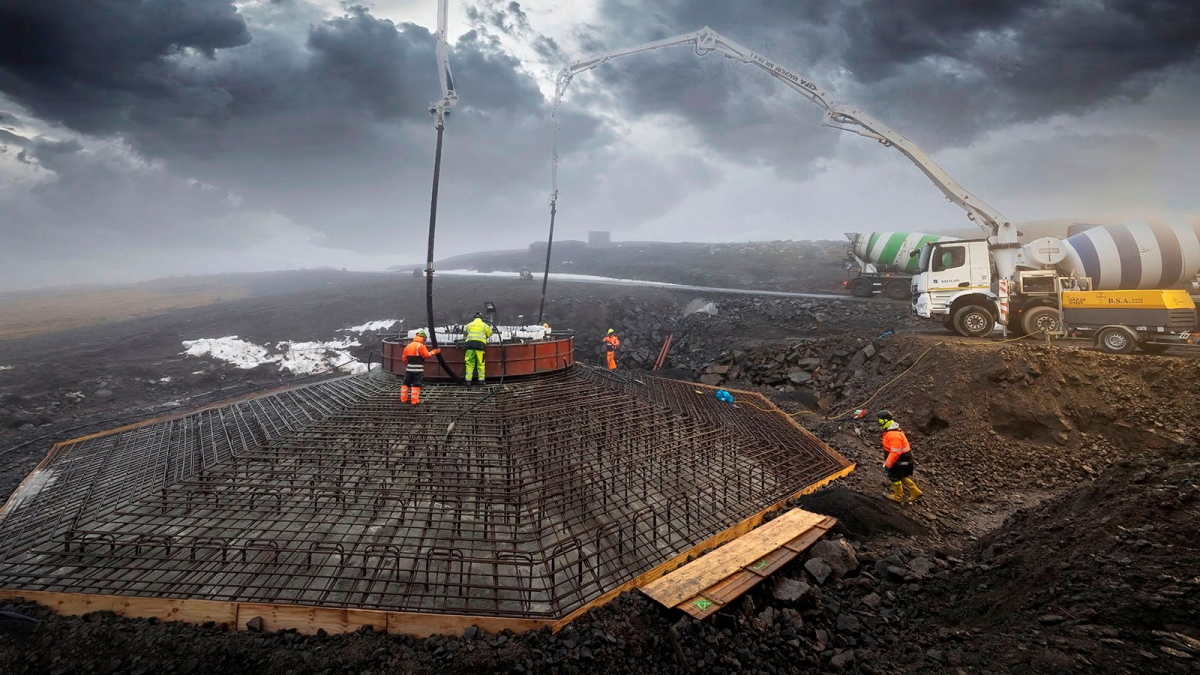Employees
14. Dec 2021
27,500 employees in November — a minor growth

The trend indicates that the growth in the number of employees has almost come to a standstill in recent months. As the graph below shows, the growth starts to stagnate in April 2020, which was the first full month after the Covid-19 outbreak.
[px-graph-1]
It is now possible to embed interactive graphs such as the one above in your own website.
By hovering the marker over a certain point on the graph, you can see the population figure for that particular month. By adjusting the timeline at the bottom of the graph, you can also extend the period – back to 1985 for this particular graph.
To embed the graph in your own website, click the menu button in the top right corner. Click ‘Embed graph in website’, then click ‘Copy code’ and paste the code in your website.
Men and women
The graph below shows the employee numbers for each sex. The semi-transparent lines show the employee numbers, while the solid lines show the trend.
In November 2021, there were approx. 14,150 male and 13,350 female employees in the Faroe Islands. This is a year-on-year increase of 150 men and just under 200 women.
[px-graph-2]
Industrial sectors
The trend indicates a growth in the ‘private services’ sector.
The number of employees in the 'private services' is now higher than it was before the Covid-19 outbreak, while the recent growth in the ‘governmental and other services’ sector has come to a halt. The number of employees in the ‘construction and other manufacturing’ sector is in decline
[px-graph-3]
[px-graph-4]
[px-graph-5]
About employees
An employee is anyone aged between 16 and 74 who earns a wage that is subject to tax at source (PAYE) and resides in the Faroe Islands at the time of wage payment. A person is regarded as an employee if he or she receives a wage payment which is no lower than a day wage for an unskilled worker, regardless of whether the wage is paid by a Faroese or an overseas company.
About the trend
The trend describes the employee trend by adjusting for seasonal effects and error components in the figures.
About the main industrial sectors
Grouped under the ‘fishery and other natural resources’ sector are the following branches: agriculture, fishing, aquaculture, extraction of raw materials, fish processing and activities not elsewhere indicated.
The ‘construction and other manufacturing’ sector includes: shipyards/machine shops, other manufacturing, construction and energy.
The ‘private services’ sector includes: trade and repair, hotels and restaurants, sea transport, other transport, communications, finance and insurance, business services. household services and organisations, culture, etc.
‘Governmental and other services’ includes: public administration and services (central administration, municipalities, education, health and social work), government institutions and the Ministries of Education and Health.